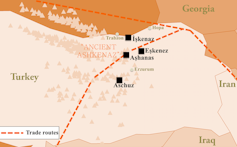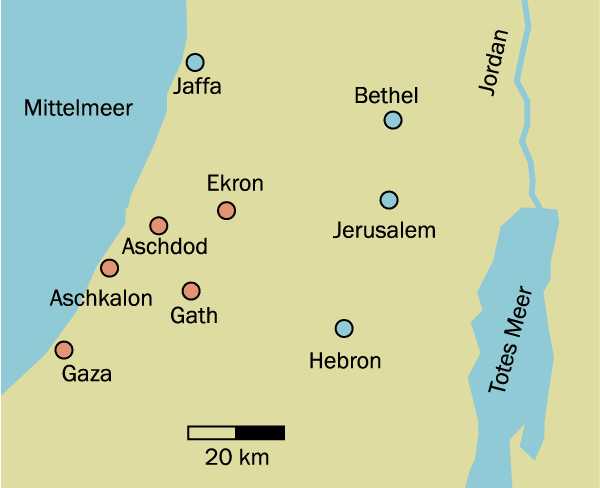Ahh schön den wiki text der studie von 2013 kopiert hier ist eine von 2018
Not one, but many tribes
To understand why this is the case, we need to go back in time, to look at where these other ancestors came from. It starts in Persia (modern-day Iran) during the sixth century. This is where
most of the world’s Jews were living at this time.
The tolerance of the Persians encouraged the Jews to adopt Persian names, words, traditions, and religious practices, and climb up the social ladder
gaining a monopoly on trade. They also
converted other people who were living along the Black Sea, to their Jewish faith. This helped to
expand their global network.
Among these converts were the Alans (Iranian nomadic pastoral people), Greeks, and Slavs who resided along the southern shores of the Black Sea. Upon conversion, they
translated the Old Testament into Greek, built synagogues, and continued expanding the Jewish trade network.

DNA of Yiddish speakers could have originated from four ancient villages in northwest Turkey. Author provided
These Jews adopted the name Ashkenaz, and the DNA of Ashkenazic Jews can be traced to “
Ancient Ashkenaz” – an intersection of trade routes in eastern Turkey.
The rise of the Ashina
We now know that at the time these Jews adopted the name Ashkenaz, they also acquired unique
Asian mutations on their Y chromosome. This is where another important group of people in our story come into play – and they are called the Gok-Turks.
During the
sixth century, these nomadic people were ruled by a Siberian Turkic tribe called the Ashina. They were forced by the
Chinese Tang Empire – who were in power in China at the time – to migrate westwards toward the Black Sea.
Thanks to their organisational and military skills, the Ashina united many tribes in this area – and a new empire called the “Khazar Khaganate” was born. Offering freedom of worship and taxing trade, these people quickly rose to power.

Orthodox Jews pray at the ancient cemetery of Safed, Israel. Shutterstock
The Asian group of these DNA mutations, found in Ashkenazic Jews, likely originated from
the Ashina elite and other Khazar clans, who converted from Shamanism to Judaism. This means that the Ashina and core Khazar clans were absorbed by the Ashkenazic Jews.
It was also around this time that the Jewish elite adopted many Slavic customs. And based on my previous research, I would suggest that
Yiddish was developed as a secret language to assist in trade.



